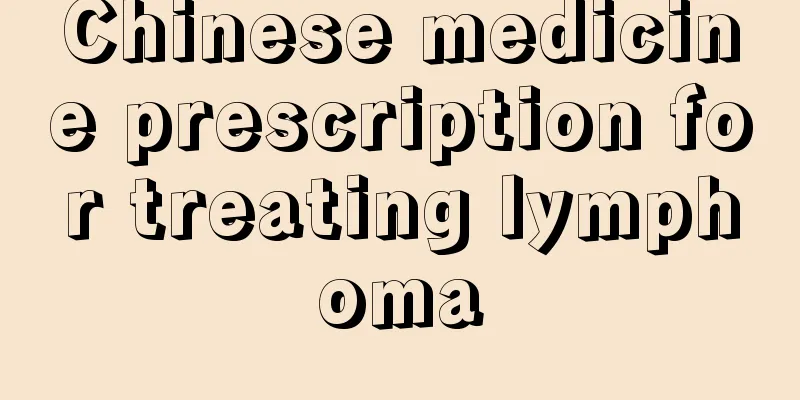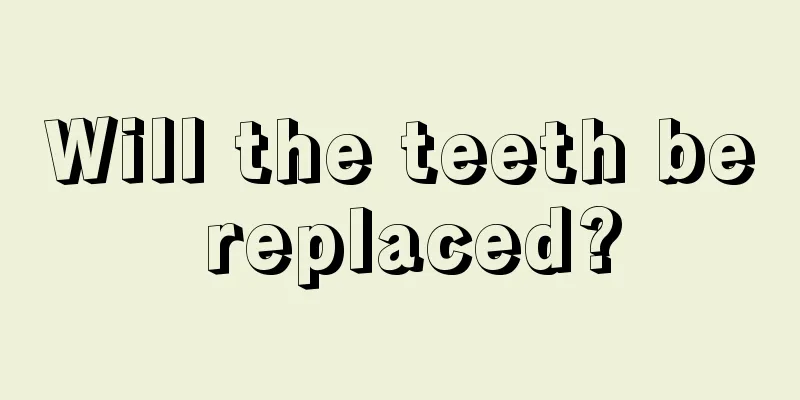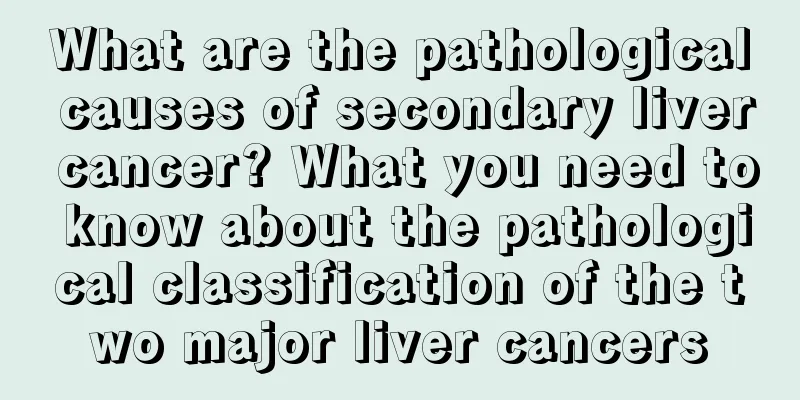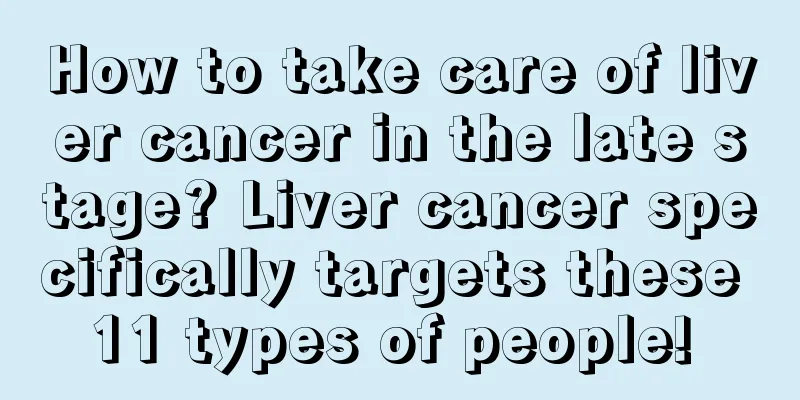How to treat acne
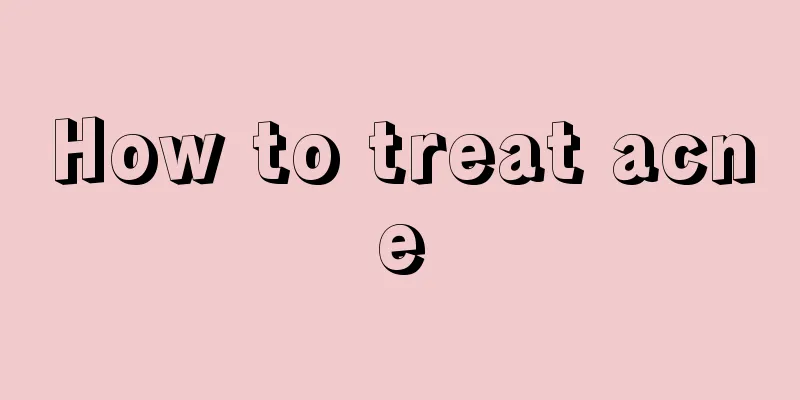
|
When it comes to the problem of acne, I believe many people are familiar with it. Because acne is also called pimples, it can be seen that the main group of people suffering from acne is concentrated in teenagers, and acne is red and swollen, which not only seriously affects the appearance of teenagers, but also affects their psychology and daily communication, causing them to have extreme inferiority complex. Therefore, many people want to know how to treat acne. So how to treat acne? In fact, there are many treatments for acne. Generally speaking, in addition to proper daily care, special attention should be paid to daily diet and living habits. Below I will give you a detailed introduction to the answer to the question of how to treat acne. Acne is a chronic inflammatory skin disease of the pilosebaceous unit that mainly occurs in adolescents and has a great psychological and social impact on them, but it often subsides or heals naturally after puberty. The clinical manifestations are characterized by polymorphic skin lesions such as acne, papules, pustules, nodules, etc. that are prone to occur on the face. Cause: The occurrence of acne is closely related to factors such as excessive sebum secretion, blockage of the sebaceous gland ducts of the hair follicles, bacterial infection and inflammatory response. After entering puberty, the level of androgens, especially testosterone, in the human body increases rapidly, promoting the development of sebaceous glands and producing a large amount of sebum. At the same time, abnormal keratinization of the sebaceous gland ducts of the hair follicles causes blockage of the ducts, hindering the excretion of sebum and forming keratin plugs, also known as micro-acne. Various microorganisms, especially Propionibacterium acnes, multiply in large numbers in the hair follicles. The lipase produced by Propionibacterium acnes breaks down sebum to produce free fatty acids, while also attracting inflammatory cells and mediators, ultimately inducing and aggravating the inflammatory response. Clinical manifestations: Skin lesions often occur on the face and upper chest and back. Non-inflammatory lesions of acne appear as open and closed comedones. The typical skin lesions of closed comedones (also known as whiteheads) are skin-colored papules about 1 mm in size with no obvious hair follicle openings. Open comedones (also known as blackheads) appear as dome-shaped papules with significantly dilated follicular openings. Acne will further develop into various inflammatory skin lesions, manifesting as inflammatory papules, pustules, nodules and cysts. Inflammatory papules are red, with a diameter ranging from 1 to 5 mm; pustules are uniform in size and filled with white pus; nodules are larger than 5 mm in diameter, feel hard and painful to the touch; cysts are located deeper and are filled with a mixture of pus and blood. These lesions may also fuse to form large inflammatory plaques and sinus tracts. After the inflammatory skin lesions subside, pigmentation, persistent erythema, and depressed or hypertrophic scars are often left behind. Clinically, acne is divided into 3 or 4 grades according to the nature and severity of acne lesions: Grade 1 (mild): only comedones; Grade 2 (moderate): in addition to comedones, there are also some inflammatory papules; Grade 3 (moderate): in addition to comedones, there are also more inflammatory papules or pustules; Grade 4 (severe): in addition to comedones, inflammatory papules and pustules, there are also nodules, cysts or scars. diagnosis Based on the characteristics of onset in adolescents, distribution of skin lesions on the face, chest and back, and the main manifestations of polymorphic skin lesions such as whiteheads, blackheads, inflammatory papules, pustules, etc., it is easy to diagnose clinically and usually no other examinations are required. Sometimes it is necessary to differentiate it from rosacea, disseminated miliary lupus faciis, sebaceous adenoma, etc. How to treat acne treat 1. Daily care: Wash your face with warm water once or twice a day to clean your skin. Avoid squeezing or scratching skin lesions with your hands. Avoid using oily and powdery cosmetics and ointments and creams containing glucocorticoids. 2. Common methods for treating acne: (1) Topical medications: retinoids (retinoic acid cream, adapalene gel, tazarotene gel), benzoyl peroxide, antibiotics (clindamycin, erythromycin, chloramphenicol, etc.), azelaic acid, sulfur lotion, etc. (2) The first choice of oral antibiotics is tetracycline (minocycline, doxycycline, etc.), followed by macrolides (erythromycin). Avoid antibiotics commonly used to treat systemic infections such as levofloxacin. The course of antibiotics is usually 6 to 12 weeks. (3) Oral isotretinoin For severe acne, oral isotretinoin is the standard treatment and currently the most effective method for treating acne. The treatment course aims to achieve a minimum cumulative dose of 60 mg/kg. (4) Anti-androgen therapy, such as the oral contraceptive cyproterone acetate combined tablets (trade name Diane-35), is suitable for female patients with moderate to severe acne accompanied by symptoms of excessive androgen levels (such as hirsutism, seborrhea, etc.) or polycystic ovary syndrome. Female patients with delayed-onset acne and acne that is significantly aggravated before menstruation may also consider using oral contraceptives. (5) Oral glucocorticoids are mainly used for fulminant or aggregated acne, following the principle of short-term, low-dose, and combined with other methods. (6) For patients who cannot tolerate or are unwilling to receive drug treatment, physical therapy such as photodynamic therapy (PDT), fruit acid therapy, laser therapy, etc. can also be considered. 3. Graded treatment of acne: (1) Grade 1 is generally treated topically, with topical retinoic acid preparations being the first choice. (2) Level 2: Combined use of topical retinoids and benzoyl peroxide or antibiotics, and oral antibiotics if necessary. (3) Grade 3 often requires combined treatment, with oral antibiotics combined with topical benzoyl peroxide and/or retinoic acid drugs as the first choice. Antiandrogen therapy may also be considered for female patients where indicated. (4) Grade 4 oral isotretinoin is the most effective treatment and can be used as first-line treatment. For patients with more inflammatory papules and pustules, systemic antibiotics combined with topical benzoyl peroxide can be used first, and then oral isotretinoin can be used for sequential treatment after the skin lesions have improved significantly. 4. Maintenance treatment of acne: Regardless of the treatment method used, maintenance treatment should be continued after the skin lesions have significantly subsided. Topical retinoic acid drugs are the first choice, and maintenance treatment should be continued for 6 to 12 months. Benzoyl peroxide can be used in combination if necessary. After reading the detailed answer to the question of how to treat acne above, I believe many patients and their families already know how to treat acne. Acne is generally treated with medication. In addition, some topical medications are selected and applied to the acne-affected areas to achieve the effect of anti-inflammatory and swelling reduction. Daily care cannot be ignored. Be careful not to squeeze acne with your hands, and keep your face clean, etc., to prevent acne from continuing to grow, so everyone should pay attention. |
<<: How to enhance skin immunity
Recommend
What are the effects of burning grass jelly
Grass jelly is a snack that many female friends a...
Does it make sense that starvation can cure all diseases?
As the saying goes, hunger can cure all diseases,...
The role and efficacy of Vaseline
The function and effect of Vaseline can moisturiz...
How to deal with the wound after squeezing a pimple
Acne is distressing, and many people will squeeze...
How many calories does a person consume every day?
Everyone needs to replenish energy through diet e...
Dizzy after drinking but conscious
Drinking is a very traditional diet. Alcohol is a...
What is the reason for sudden spots on the face?
If spots suddenly appear on your face, you need t...
The hazards of electric ovens
The electric oven is a common kitchen appliance f...
Need to pay attention to the clinical symptoms of colorectal cancer
Colorectal cancer is also a common disease in lif...
How long can you live with targeted treatment of gastric cancer
How long can you live with targeted therapy for g...
6 things to note when taking silicone oil from eyes
Generally, if there are no complications from sil...
Can the blood indicators of nasopharyngeal carcinoma lung metastasis be seen?
Can blood indicators of nasopharyngeal carcinoma ...
What are some tips for removing oil stains?
Removing oil stains is the key consideration when ...
What symptoms will lung cancer patients have? A complete list of typical symptoms of lung cancer
As we all know, people who smoke for a long time ...
What are the traditional Chinese medicine treatments for gout?
As the saying goes, gout is very painful, which s...

